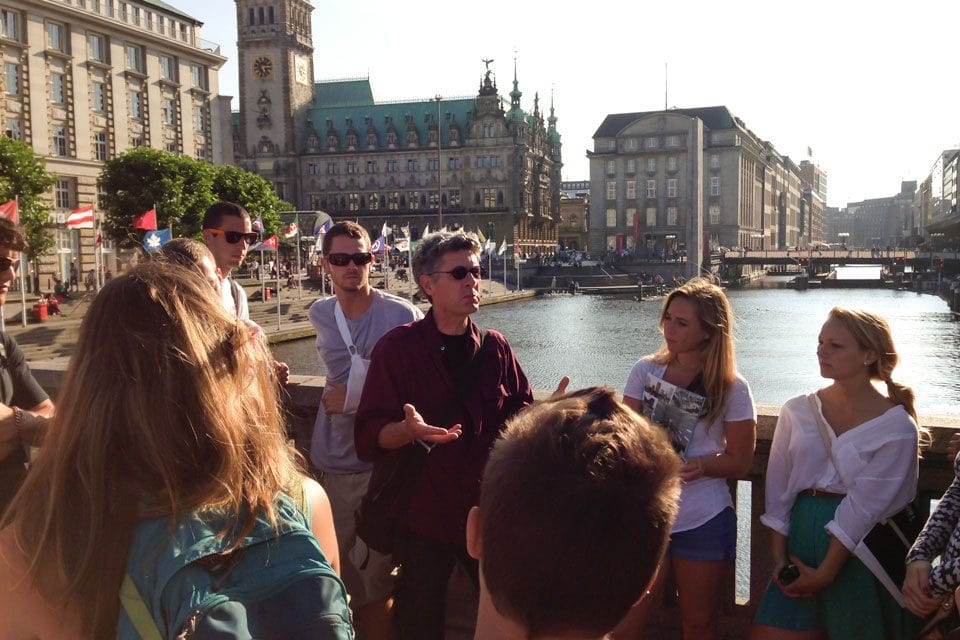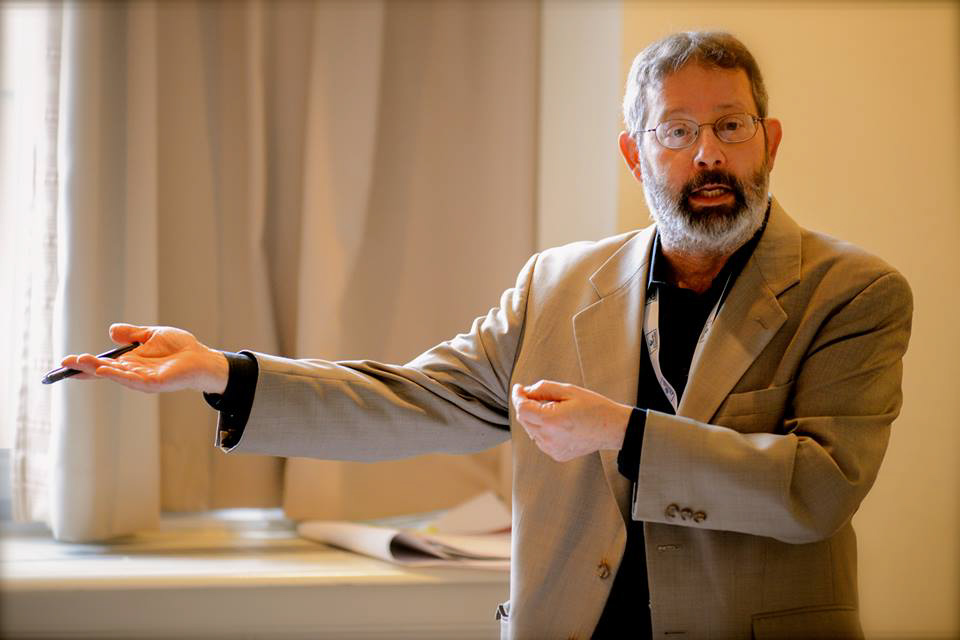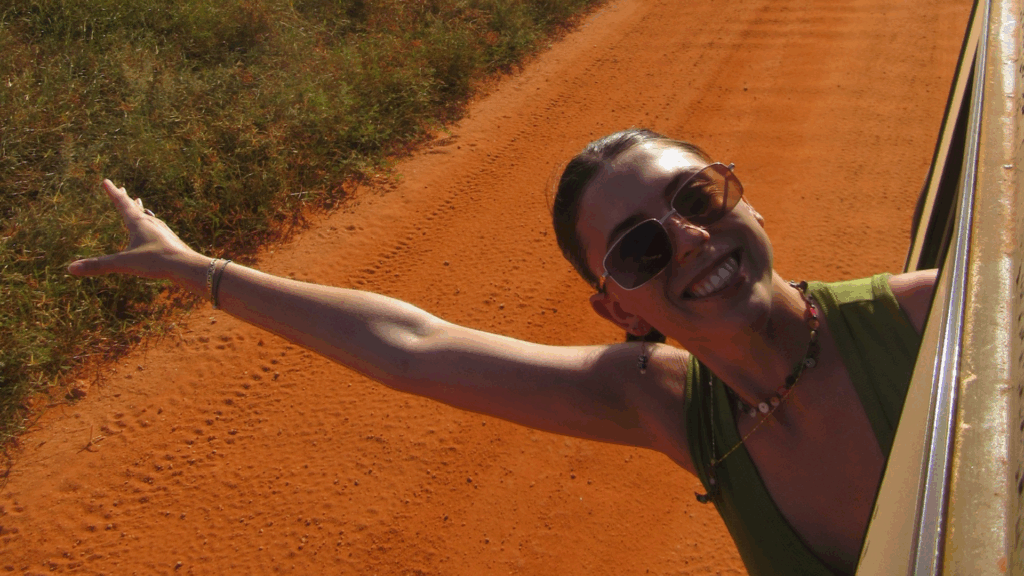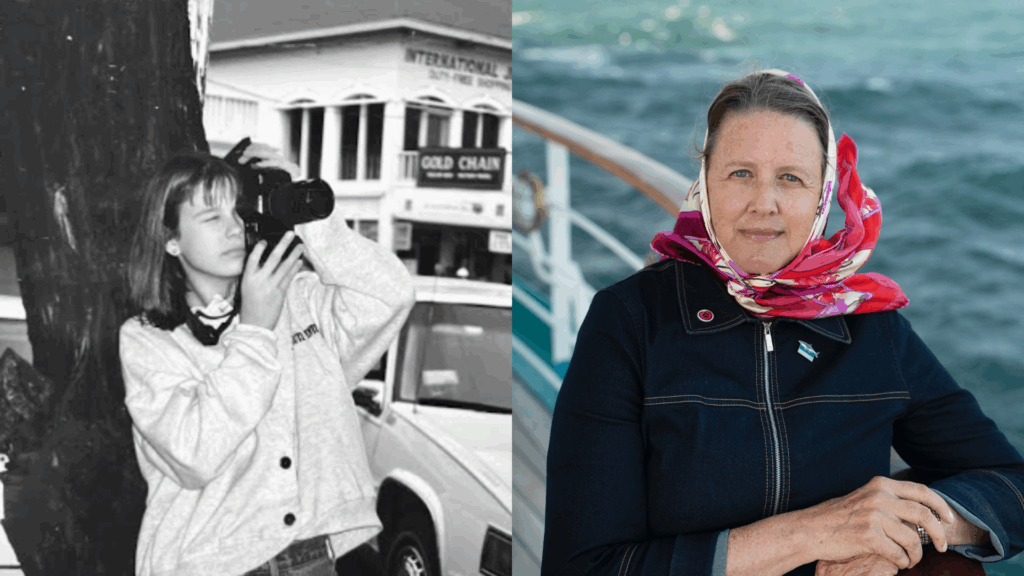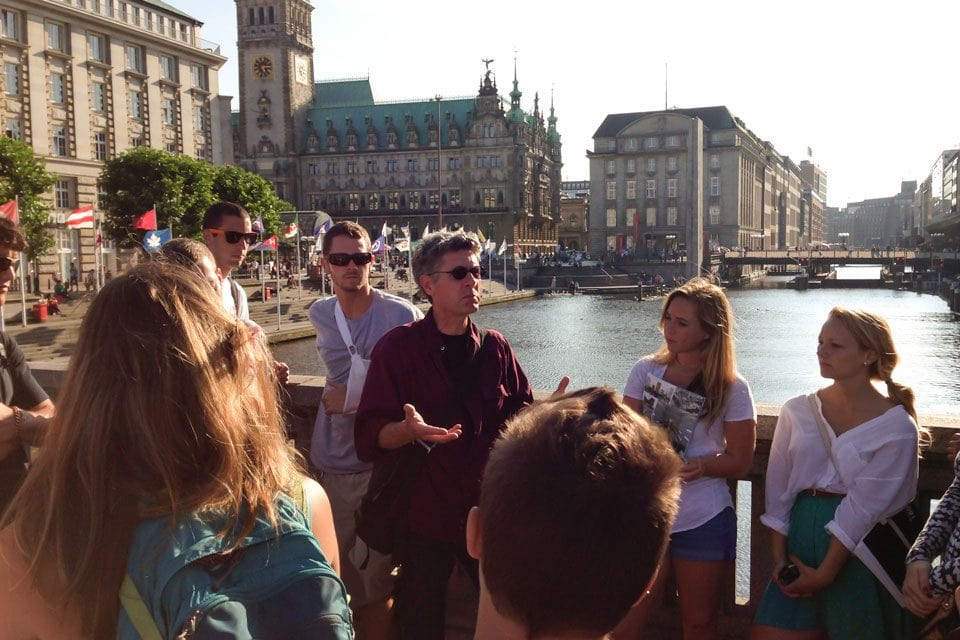
The streets of Hamburg served as the outdoor, real-life classroom for Michael Petrus’ Sustainable Communities class during the Fall 2013 voyage’s recent stop in this German city.
Many of Hamburg’s buildings, its canals and how the city approaches transportation issues were all areas for discussion when the class set out, on foot, on a day-long exploration of Hamburg to learn more about models of sustainable living in European cultures and how best to transfer those practices to their respective countries and cities in the U.S.
“There’s been a real holistic effort by the city [of Hamburg] to work with private entities in a concerted way to actually create incentives and laws to compel people to live more ‘green’ lives,” says Petrus, an architect by trade, who teaches architectural studio at the Univ. of Virginia and works on green, sustainable projects through his architectural firm.
Actually, Hamburg was showcased in 2011 as the European Green Capital that year, the professor pointed out. Every ‘light industrial’ building must have solar panels on the roof. And no office buildings can be proposed without some form of sustainable use.
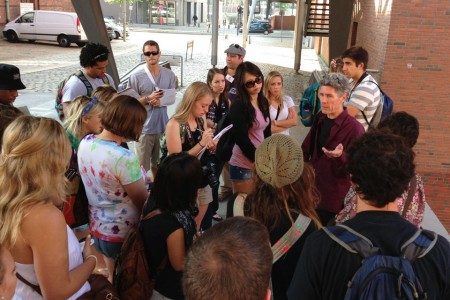
As the group of students walked with Petrus and a guide through parts of the new HafenCity, the group stopped every so often for an impromptu lesson. Each stop was a lesson in sustainability from discussions on sea level rise and the lack of ecosystems in the city’s canals to living-working spaces to students’ thoughts on the use of permeable pavements and their importance.
On one street he paused at a building whose northern side was a wall of windows. He pointed out the sustainable architectural design on the building then asked: “Why all the windows.”
“For greater natural light in the building,” several students responded.
“Why have the windows facing north?” was the next question from Petrus.
“So the building doesn’t get as hot,” was the quick and correct response from one of the students.
This group of nearly 30 students comes to Petrus’ class from a variety of majors, including tourism, business, music and, of course, environmentalism. Jerusha Turner, for example, studies sociology at Whitworth University, but an interest in environmental sociology.
“I’ve learned things in the class that I never thought of before and am really interested in what works for other countries and cities and bringing those ideas back home to work on them,” says Jerusha, a junior at her university.
Tiffany Panaccione, a senior at Arizona State University who is majoring in tourism with a concentration in sustainability, said while she’s taken similar classes on her home campus, taking a sustainability course by an architect and seeing sustainability issues from his viewpoint has given her a new and interesting perspective on the topic.
“I’ve never seen someone look at a building the way he does,” she said of Petrus. “I knew buildings could be sustainable but he shows us how and why.”
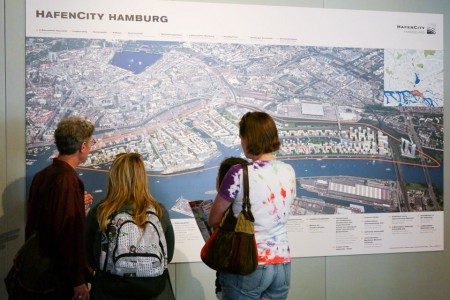
Tiffany noted that she has been planning and saving for the time when she could attend Semester at Sea since she was given a brochure about the program in high school. She pinned the brochure to her bulletin board at home and slowly and carefully saved her money to participate in the voyage.
“So, here I am in my senior year and I’m just really happy that I’m here,” she said. “I’m taking a lot of classes that apply to what I want to do in the future and meeting really great professors and learning about sustainability from an architect and renewable energy from a physicist. It’s cool.”
Students in Petrus’ class collectively will write a book on sustainability for the final class project. Each port along the 115-day voyage will be part of various chapters and small, two-person groups will each contribute a chapter covering topics that range from mixed-use property to sustainable developments for lower-income communities.
